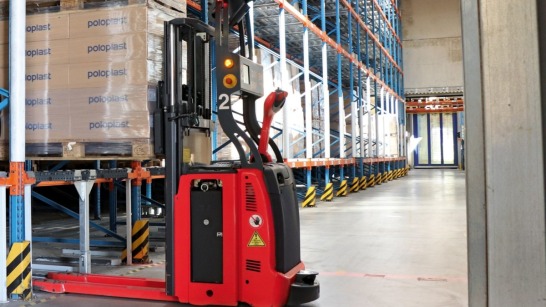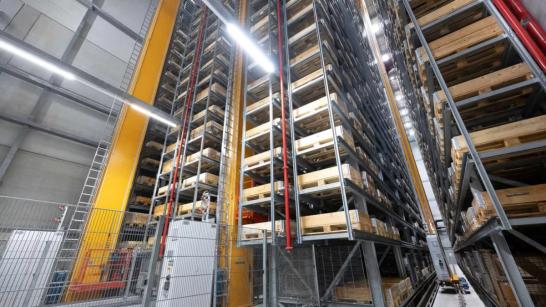
The Future of Logistics is Flexible: Discover Automation for every Need
Automation is as individual as the companies using it. Even automating individual process steps noticeably increases efficiency in the warehouse. Examples show how our brands Linde Material Handling and Dematic alleviate bottlenecks, reduce employee workload and increase process reliability.
2025-08-07





